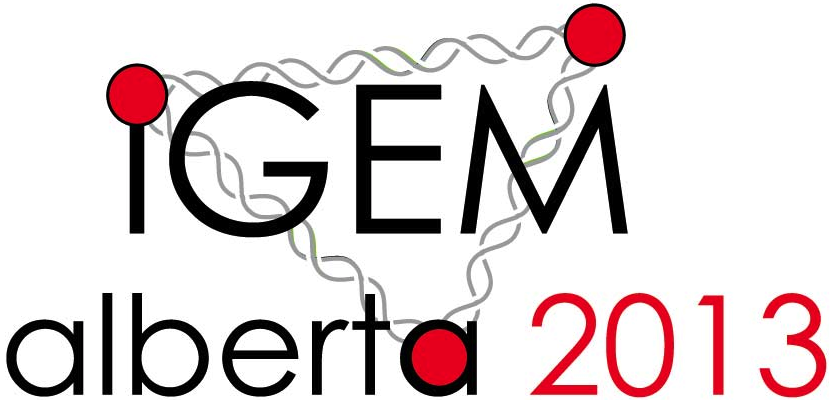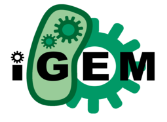Team:Alberta/Protocols
From 2013.igem.org
m |
|||
| Line 424: | Line 424: | ||
<div class="sidebar"> | <div class="sidebar"> | ||
<div href class="tooltip"><img src="/wiki/images/7/7d/SideChar.png"></img> | <div href class="tooltip"><img src="/wiki/images/7/7d/SideChar.png"></img> | ||
| - | <span class="saying">Welcome to the Team Alberta Wiki! | + | <!--span class="saying">Welcome to the Team Alberta Wiki! |
<div id="box" style="width: 450px; padding: 5px; border: 3px solid #000; background-color: #000000;"> | <div id="box" style="width: 450px; padding: 5px; border: 3px solid #000; background-color: #000000;"> | ||
<div id="template" style="text-align: center; font-weight: bold; font-size: large; color: #f6f6f6; padding: 5px;"> | <div id="template" style="text-align: center; font-weight: bold; font-size: large; color: #f6f6f6; padding: 5px;"> | ||
| Line 430: | Line 430: | ||
</div> | </div> | ||
</div> | </div> | ||
| - | </span> | + | </span--> |
</div> | </div> | ||
</div> | </div> | ||
Revision as of 02:58, 28 September 2013
Protocols
Our project utilized the “Bead Assembly Method” developed through Project Genomikon and Project Biobytes by the 2010 and 2009 University of Alberta iGEM teams.
After creating a sample map (with a highly favorable first-place solution), the Bead Assembly protocol was modified to incorporate concentrations that were relevant to our project map. We call this our first working Four-node Travelling Salesman Protocol.

This assembly method allowed for sequential attachment of DNA pieces onto a magnetic bead or onto DNA pieces already anchored to the magnetic bead. This anchor allows for easy separation of the excess, unbound DNA during the wash step.
All constructs were initiated by ligating the origin of replication to the DNA attached to the beads (step 1) in microcentrifuge tubes. Once ligation was completed, the reaction medium was removed while the beads were kept in the tube using a magnet. A new reaction solution, containing the genes representing all possible paths from the origin city, was then added for ligation (step 2). Again, once ligation was completed the reaction medium was removed while the beads were kept in the tube. A new reaction solution, this time containing the linkers representing cities, was added for ligation (steps). These steps were repeated until the 10 steps necessary to builds our solutions (plasmids) were performed.
As can be seen from the DNA agarose gel figure, the efficiency of the sequential assembly reached 90%. The length of the constructs increased as expected with the addition of each new path and city (gene and linker). Few constructs were not incorporating the parts to be added in a step. This allowed us to obtain plasmids for all possible solutions in a single procedure using a few assembly steps (parallel production of multiple, diverse solutions). For more, see our step-by-step protocol of the Bead Assembly Method.
 "
"



